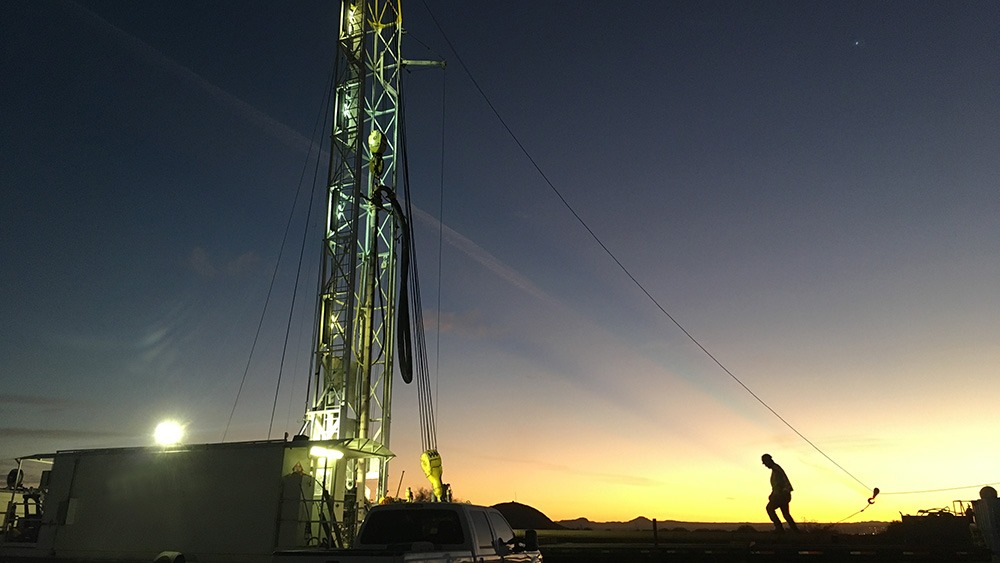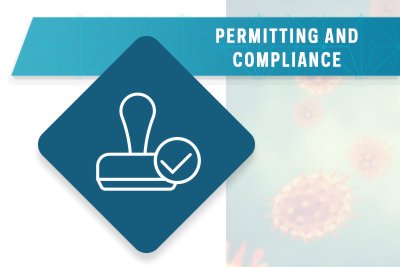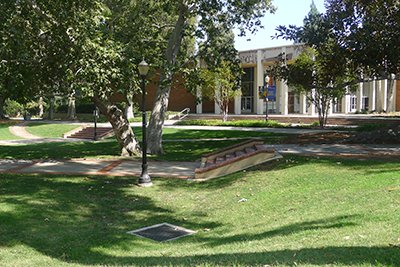Mine developers are increasingly considering in situ recovery (ISR) when assessing the feasibility of a site. If the conditions are right, ISR can deliver significant savings on the cost of extracting many types of deposits. Compared to conventional mining approaches, ISR projects:
- Don’t require open pit excavations or sophisticated milling and beneficiation processes
- Consume less water and energy
- Produce no waste rock or tailings
- Require less development capital
- Possess much lower operating costs
- Have virtually unrestricted post-mining land use following aquifer restoration and well closure
With some of the lowest production costs and best environmental performance in the industry, it’s no surprise that the industry is leaning toward ISR. However, ISR is only feasible for roughly one or two projects out of every 1,000 sites. The subsurface conditions need to be optimal for companies to reap the benefits of ISR. When mining companies cut corners during due diligence or site characterization, it causes more headaches during extraction or restoration, leading to higher costs and potential project delays. So, how do project developers identify and evaluate whether they can use ISR for a mineral prospect?
Although every mining project has unique conditions, successful ISR projects share common characteristics when it comes to geology, hydrogeology, geochemistry, and permitting. Here’s what to consider when planning your ISR project.
Understanding your mining site’s geology for optimal extraction
Geology is perhaps the most important factor for evaluating the possibility of economical extraction of any type of deposit. Like traditional exploration efforts, teams assessing the feasibility of a potential ISR project must understand the extent, depth, and grade of mineralization. However, to demonstrate compatibility with ISR processes, your exploration efforts must thoroughly characterize ore genesis, structure, and minerology, as well as post-deposition mechanisms such as fracturing, weathering, and alteration. Further, you need to clearly understand host rock relationships to determine their predisposition or resistance to ISR beneficiation.
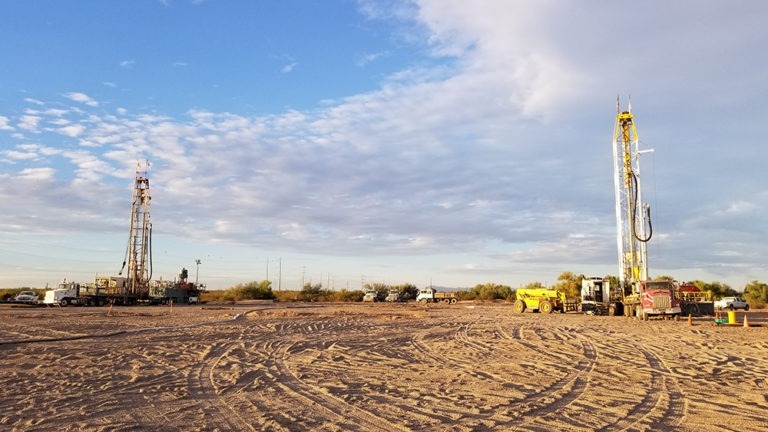
Four questions to ask your mine site’s hydrogeologist
Simply put, ISR processes only work when solutions can be predictably injected, controlled, and recovered from the ore body. While extensively fractured ore bodies that hydraulically perform like Equivalent Porous Media (EPM) are ideal, you can successfully host ISR activities with less fractured ore bodies as well. ISR projects require significantly more time and effort to understand the hydraulics than traditional projects because they require extensive three-dimensional hydraulic characterization and modeling. If you forgo detailed characterization efforts to accelerate or “simplify” permitting, it can, and most likely will, substantially endanger long-term project success. A project developer should ask if their technical team has:
- Accurately quantified the water resources necessary to accomplish successful ISR
- Accurately characterized the groundwater flow regime and its interaction with the mineral assemblage targeted for leaching
- Realistically estimated the volume of water needed to achieve closure criteria through rinsing
- Determined the impact of water management practices and treatment on closure timeframes and costs
How geochemical interactions impact plan production
Like hydraulic characterization, your technical team’s ability to define rock-water and water-water interactions takes on much greater significance with ISR projects. Successful ISR projects must economically extract targeted minerals, but they also need to avoid secondary processes that impact wellfield performance, well and pump degradation, and unanticipated aquifer impacts.
Understanding the solubility of the targeted mineralization are table stakes, but your sophisticated geochemical characterization efforts should also include extensive kinetic testing and modeling to understand latent geochemical interactions affecting acid consumption and hydraulic conductivity (such as mineral precipitation). Understanding geochemical interactions is not only mission critical to plan production, but it is also needed to determine the time and capital associated with predicting neutralization and rinsing considerations needed for closure. It’s also important for understanding how geochemistry will affect well performance and the corresponding need for maintenance and equipment replacement.
What to consider when permitting your in situ recovery project
Although state and federal permitting varies by jurisdiction, permitting is generally divided into groundwater protection and Underground Injection Control (UIC) efforts. Groundwater protection permits (like Aquifer Protection Permits in Arizona, for instance) are state-promulgated programs that generally include:
- The definition of background site conditions
- Characterization of the expected interactions between injected solutions and groundwater, development of groundwater flow, and transport models
- Detailed processing, production, and rinsing procedures
- Required reclamation and site restoration efforts and costs
These analyses form the basis for permit language that define the operational constraints and systematic protections (such as compliance monitoring and hydraulic controls) needed to protect groundwater resources outside the mining area. The UIC permitting more specifically regulates the construction, operation, and closure of the well field as defined by federal regulations governing injection practices. Whether issued by one or multiple agencies, the groundwater protection and UIC permits are complicated instruments. You need a technical team that closely integrates both permits so neither contains requirements that place the other permit in jeopardy of non-compliance.
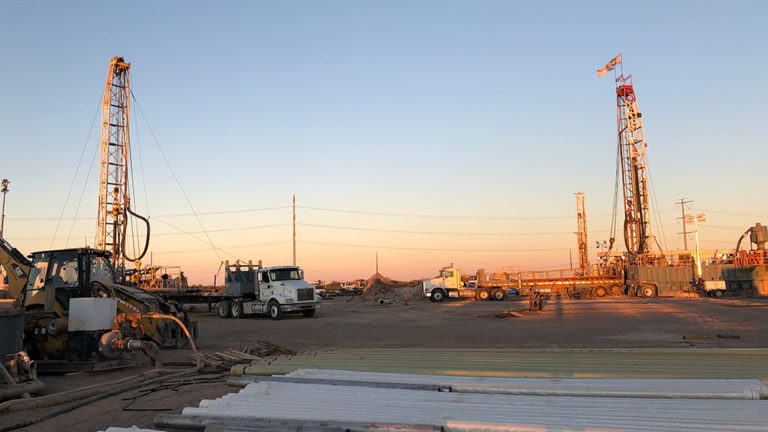
In situ mining recovery success starts with having the right team together
Since the mid-1990s, the Haley & Aldrich mining team has worked on numerous ISR projects in North America and permitted the first full-scale copper ISR project in the U.S. Our knowledge and experience have taught us that successful projects are led by responsible developers with support from well-integrated and collaborative teams of environmental scientists, legal advisors, and land use and community relations experts.
Do you have a promising ISR prospect? Let’s discuss the opportunity and determine how the Haley & Aldrich team can help to make your project a success. For more information, contact the authors.
Published: 9/8/2021
Authors

Principal Consultant

Service Leader, Water Resources
